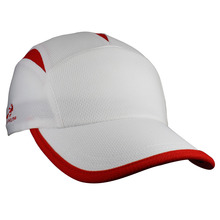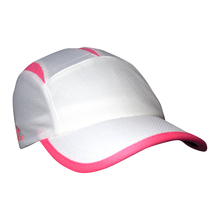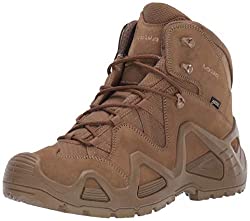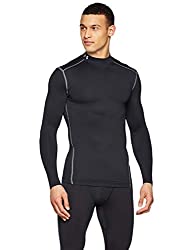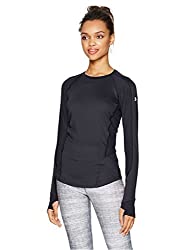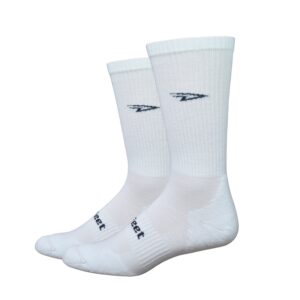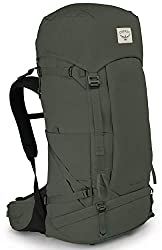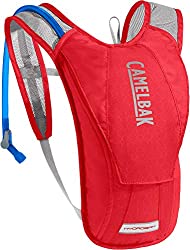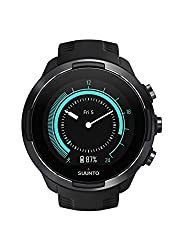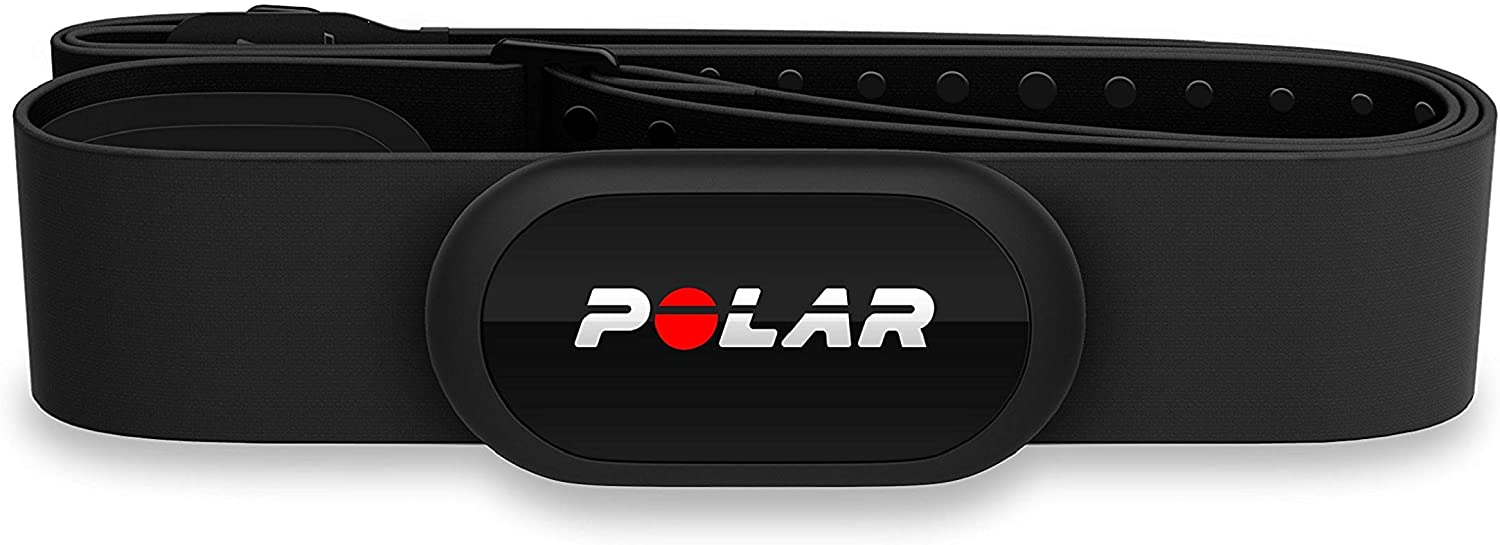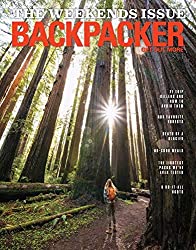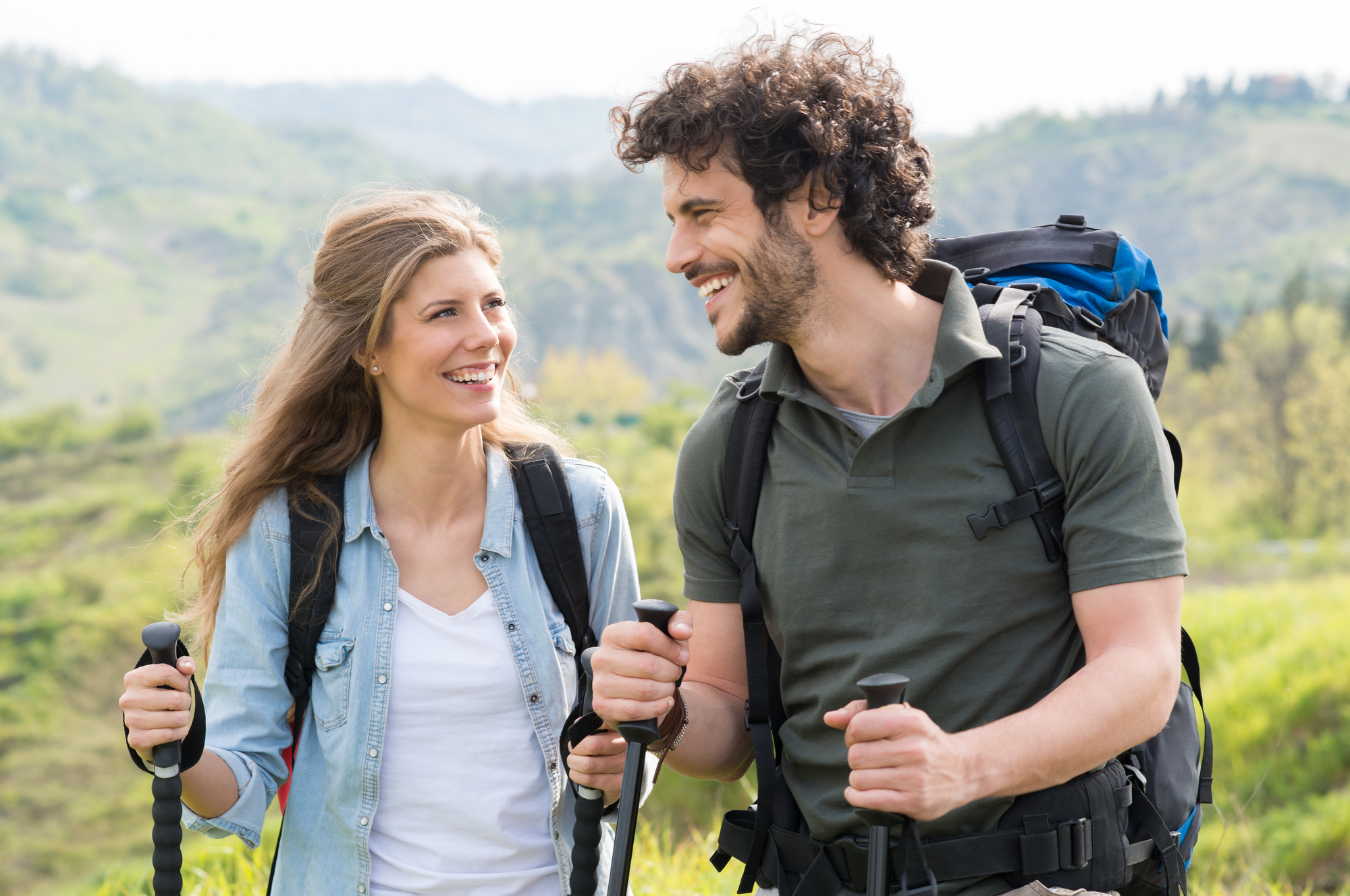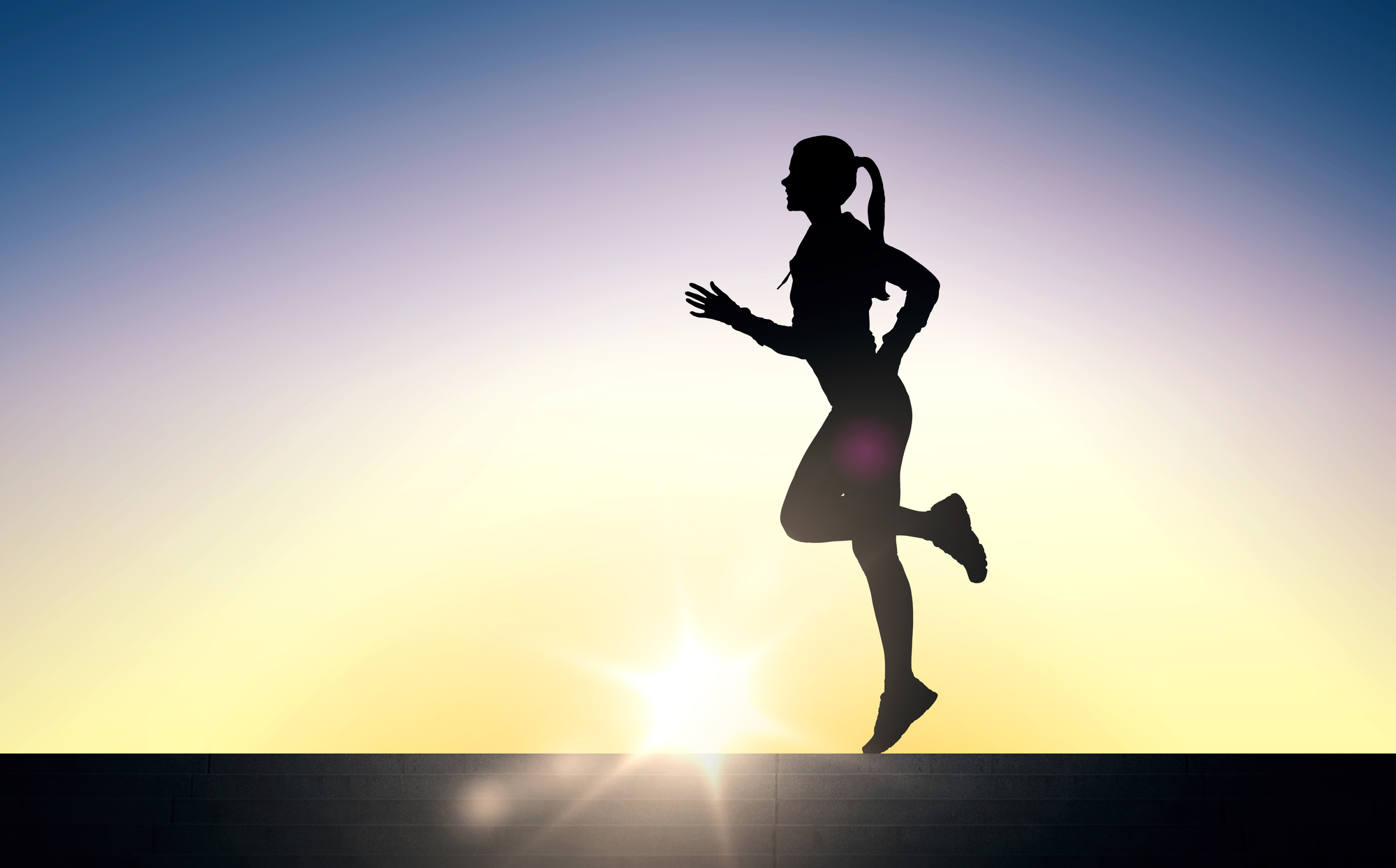My favorite clothing, gear, gadgets and training resources to make hiking, backpacking and trekking even more FUN!
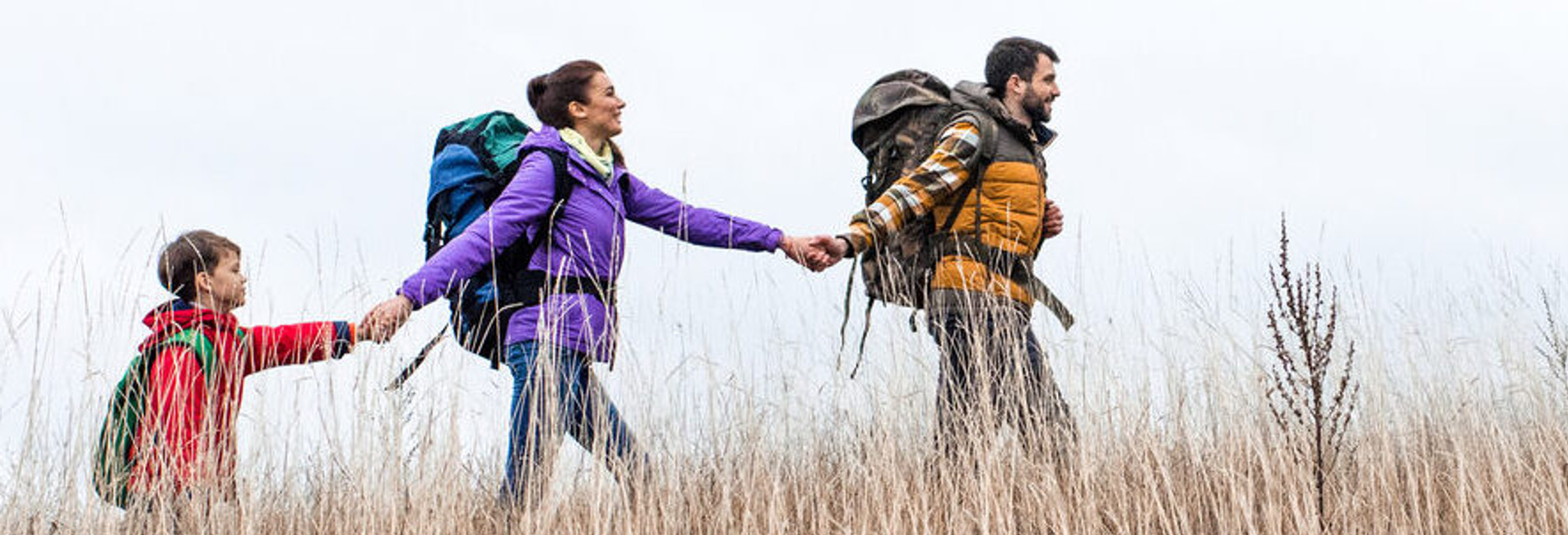
One of the beautiful things about hiking is that you don’t need a lot of gear or equipment to have a great experience. Just put on some comfortable clothing, lace up your shoes, and hit the trail.
But that said, anyone who has ever been on a long hike with the wrong equipment will tell you just how much more FUN your hike will be with the right gear.
Through all of my crazy adventures, I’ve grown to love and depend on certain products that work well for me.
So in this post, I’ll share with you some of my favorite hiking and training resources. Some of which are a bit out of the ordinary.
These resources are meant to be helpful for both beginning and long-time hikers, backpackers, and trekkers. They will work well for men and women alike.
I’ve put 15 of these great products and services in one place so you can easily find them. I hope they may make your hiking, backpacking or trekking more fun.
Let me know in the comments below if I missed anything. I’d also love to hear what equipment and resources have been good for you.
Table of Contents
My Favorite:
Clothing
-
-
- Hat
- Boot
- Sock
- Apparel
-
Gear
-
-
- Backpack
- Hydration backpack
- Water bottle
-
Gadgets
-
-
- Watches
- Heart rate monitor
- Heart rate monitor app
- Earphones
- Video camera
-
Media Resources
-
-
- Website
- Online
- In print
-
Disclosure: This post includes affiliate links, and I may receive a commission for purchases made through these links. However, this fact did not affect my recommendations at all. They ARE a few of my tried and true favorite things.
Clothing
-
- HeadSweats Hat
I don’t usually wear hats. Honestly, I just don’t look good in them.
But, having a hat that you like is invaluable on the trail. For me, it shades my eyes from the sun and keeps my bald head from burning.
As important, these HeadSweats hats keep the sweat from stinging your eyes.
I find them to be lightweight and super comfortable. They have a “Moisture Wicking Eventure™ Terry Sweatband” sewn into them.
Perfect for weekend runs as well as 20-mile hikes.
Check HeadSweats out. There are lots of styles for men and women. If you prefer a visor, there are plenty to choose from.
-
-
Lowa Hiking Boots
-
Lowa is a German company that has been handmaking hiking shoes and backpacking boots for more than 90 years. Absolutely, unbelievably the best shoes or boots that I have ever owned.
They have taken me through the Grand Canyon, over rocks and roots of my favorite local trails. I have gone through water, mud, and deserts in them. I have never had a blister, they have saved my ankles countless times, and they have held up incredibly well.
I own the Lowa Zephyr and love them. I finally had to “retire” my first pair last year. They were 6 years old and had over 1200 miles on them. They are a bit more expensive than many other brands of boots, but they last forever. Check them out.
-
-
Under Armour Apparel
-
I will be honest, I do not look like your average hiker when it comes to clothing. On the trail, you will never see me in long pants. I do not wear pants that zip off into shorts. I hate wool and flannel.
So what do I wear?
-
- If it is 65 degrees or warmer outside, I am in a pair of Under Armour shorts and a performance shirt.
- Between 55 and 65 degrees, I am in a pair of shorts and a fleece quarter-zip.
- Less than 55 degrees, I throw on a pair of leggings as well.
Under Armour has a wide selection of apparel for both men and women.
-
- DeFeet Socks
DeFeet is a company that specializes in cycling socks.
I discovered DeFeet while doing an ultra-endurance bike ride. I wore them every day for 5 months while I biked 10,000 miles around the perimeter of the United States.
But, they also make socks for runners which is what I use for hiking. They are thin, fit perfectly, have extra padding where you need it most (the heel and the toe box), and never slip. And they are the most breathable sock I have ever worn. My feet stay dry during the longest hikes.
Check out the different possibilities at Amazon.
Gear
-
- Osprey Backpacks
The pack that I own and use for longer hikes is the Osprey Aether PRO 70. Why did I pick this pack and why do I love it? Simple answer….COMFORT.
This pack is perfectly balanced. Has padding in all the right places, breathes well, has a water bladder incorporated, and can be adjusted in a million places to make sure you get the perfect fit.
-
-
Camelbak HydroBak
-
For shorter, day hikes, I use a Camelbak cycling backpack. That’s right, I said cycling backpack.
I find that the backpacks made for cycling are considerably more streamlined and are better balanced than those made for hiking. Check out the video below for the exact water pack that I use. If you love it, check it out here.
https://youtu.be/dbe2D4avYJo
-
-
Nalgene Bottles
-
We all know how important it is to stay hydrated during a hike.
Before I go for a long hike, I calculate how many ounces of water I need to consume on the trip and I make sure that I drink that number of ounces no matter what.
Because the water is always right by your mouth, I thought that goal would be easy with a Camelbak. That is true, I drink more consistently with a bladder on my back, but there is no way of monitoring how much I’m consuming.
I have realized that I can monitor my intake better when I have a bottle. So, I drink out of bottles as well as my Camelbak. In fact, I drink 75% of my liquid through the bottle and the rest via the Camelbak.
My favorite is Nalgene bottles. They are ridiculously light, have ounce markings on the side of the bottle, are indestructible and you can throw them in the dishwasher when you get home. A great combination.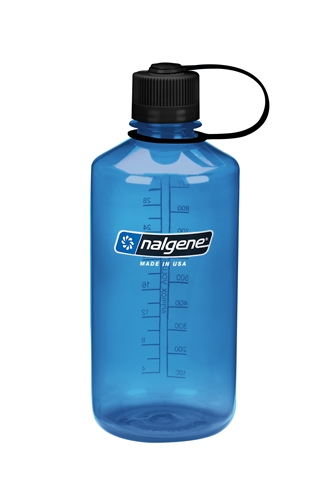
Gadgets
-
- Suunto 9 Watch
Suunto is a Finnish company that is like the Rolls Royce of sports watches. The latest version of their watch is called the Suunto 9. It has features that you never knew you needed and that you never knew were possible in a watch.
These include:
-
-
- Wrist-based heart rate
- 80 different sport modes
- Waterproof to 100 meters.
- An internal barometer that predicts the weather
- Alerts you when a storm is coming.
-
And like all Suunto Products, it is insanely durable.
When Runner’s World Magazine made it one of their “Gear of the Year” winners, they said “Three things will be left at the end of the world…Twinkies, Cockroaches, and this watch.” Check it out on Amazon.
If you are not looking to spend $500 on a watch, the Sunnto Traverse has many of the same features of the watch described above at almost half the price. It is an amazing GPS watch specifically designed for hikers, trekkers, and backpackers. Once again, you can get it on Amazon.
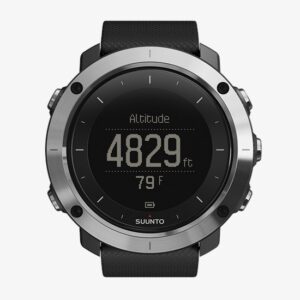
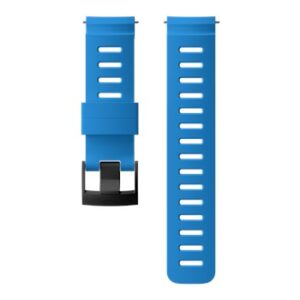
-
-
Polar H10 Heart Rate Monitor
-
When training for a hike, one of the most important things you can do is make sure you’re training hard enough. Equally important, is to make sure that you’re not training too hard.
And the best way to do this is with a heart rate monitor. You can figure out your target heart rate zones before you leave or your coach will do it for you. What? You don’ have a coach, but want one? Well, click here to discover what we can do for you. But I digress…
This heart rate monitor is Bluetooth compatible, so you don’t need a watch to go along with it. Just connect it to your smartphone and you are good to go.
Often people keep themselves from using a heart rate monitor because they worry about comfort. When heart rate monitors first came out, they were bulky pieces of plastic that didn’t move, didn’t breathe, and constantly slipped down. It was not pretty.
But, I can tell you from hours of experience that comfort is not an issue with this Polar monitor. After a few minutes, you forget that you are wearing it. You can get your heart rate monitor at Amazon.
-
- Polar Beat app
The Polar Beat app for a smartphone or smartwatch is the app I use to track my workouts using the H10 strap.
Here is how it is described in apple’s App Store: “Turn your phone into a fitness tracker with Polar Beat, the ultimate free fitness, running, and workout app. Train with real-time voice guidance, use GPS to track your route and distance and share your achievements with your friends. PLAN, TRAIN, ANALYZE, SHARE. All in one place.”
It also syncs with other training apps like Strava, Training Peaks, or the Nike Fitness app.
-
-
Bose Soundsport Earphones
-
When music is used during activity, it has both work-enhancing effects and psychological effects. Listening to music during exercise can:
-
- Delay fatigue
- Lessen the subjective perception of fatigue
- Increase physical capacity
- Improve energy efficiency
- Lift your mood
- Improve endurance
To put it simply, when times get tough, put in some earphones, crank some music and you will travel faster, longer, with less pain. Win, Win, Win.
I have tried a lot of different earphones and earbuds over the years. I currently own headphones by Sony, Bose, Apple, and Sennheiser.
My favorites are the Bose Soundsports. They stay put when I’m exercising. They sound great and they are sweat and water-resistant. And best of all, they do not completely block out the noise around you.
With Bose Soundsports, you can still hear your surroundings, which is often a lot safer.
-
-
Go Pro Hero 8
-
What can I say about GoPro? I have the GoPro Hero8 Black and I love mine. I’ve had so much fun with it, not only on hikes, cycling, skiing etc, but also when playing with my nieces and nephew.
It shoots great video. You can attach it to anything: on the shoulder strap of your backpack, on your chest, on your hat, on the end of a hiking pole, literally anywhere. It is waterproof, mud-proof, dust-proof, Nick-proof. Just turn it on and go. It’s as simple as that.
If you don’t know much about GoPro or just want some inspiration for what you can do with yours, then check out the video below. If the video below inspires you to get your own, you can click here.
Media Resources
-
-
AllTrails.com
-
A collection of hand-curated trail guides, so you can explore the outdoors with confidence. Anytime. Anywhere.
Detailed route maps, hike reviews, and trip planner with more than 100,000 trails. I have used it many times, both at home and on the road, and have found hikes in Virginia, Maryland, West Virginia, Pennsylvania, New York, Connecticut, and Vermont.
Works perfectly every time. Check it out.
-
-
Adventure Journal
-
Adventure Journal is an online magazine devoted to outdoor adventure in all its form. It was founded by a former editor of Powder magazine, a founding editor of Bike magazine, and a West Coast editor of National Geographic Adventure. The stories are beautiful, inspiring, magnificent. Here is a sample of what you will find no their site.
https://www.adventure-journal.com/2020/05/a-grand-reminder-of-all-that-is-grand-in-the-grand-canyon/
-
- Backpacker Magazine
The top backpacking, hiking, and outdoor magazine on the market. With a print readership of 1.2 million people and a monthly online readership of 2 million, Backpacker has a bit of everything. The place to go for gear reviews, trip ideas, inspiration, knowledge.
You can subscribe to the print or online editions here.
So there you go. A few of my favorite things. What did I miss? Let me know in the comments and I might add it to the list in the next update.
